The Week in Great Animation
Diving into exciting cartoons from all around the world, at Annecy.
Welcome to the special Annecy edition of the Animation Obsessive newsletter! This week, we binge-watched the world’s biggest animation festival. Hundreds of films attended, representing countries from around the globe. We’ve brought you some of the highlights from the event — broken down into digestible sections below.
If you’re just dropping by and haven’t signed up yet, it’s free — and zero-effort. You’ll be able to read our newsletter every Sunday, right from your inbox:
Now, let’s dive into Annecy!
Africa ascendant
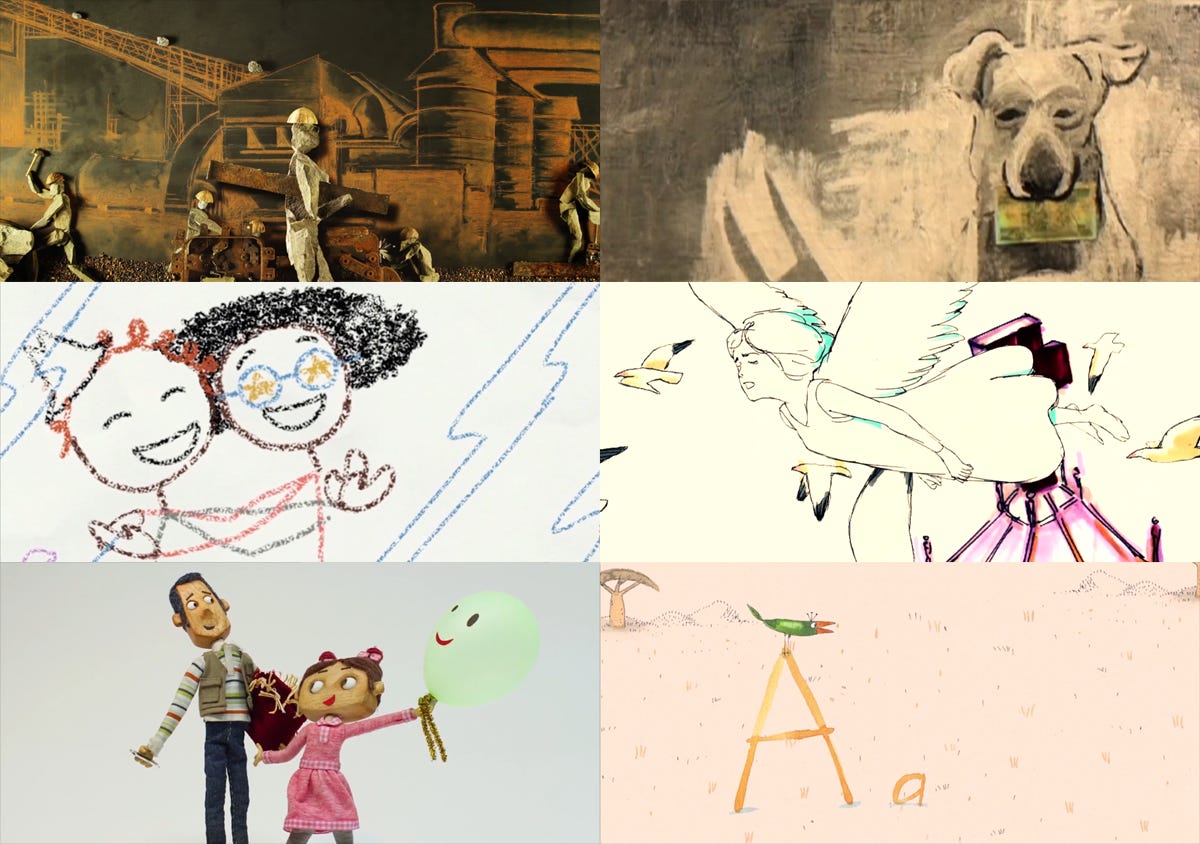
Animation is blooming from Cape Town to Cairo. Every week, we hear about new projects, training initiatives and global partnerships in Africa. As a Variety headline put it on Friday, “African Animation Has Found Its Moment.” So, it’s only fitting that Annecy 2021 placed a spotlight on Africa’s past, present and future in the medium.
First, the past. Annecy showcased the earliest history of Egyptian cartoons — the films of the Frenkel brothers. A 50-minute documentary accompanied their work. And an even longer documentary, Moustapha Alassane, cinéaste du possible, covered the Nigerien pioneer Moustapha Alassane. We’ve shared his animation on Twitter before.
But Africa’s present was the main focus at Annecy. Here, South Africa delivered the highest number of films — the country has the premier animation scene in Africa, led by Triggerfish (Revolting Rhymes, Zog). That said, we discovered gems even from countries less associated with animation. Annecy’s exhibit was decidedly pan-African.
One of the gems in question was Hisab from Ethiopia. It’s a paint-on-canvas fable about a dog, a donkey and a goat on a taxi ride. Another was Machini, a Congolese-Belgian film made with stones, chalk and a few computer effects. This one is a searing attack on the exploitation of the Congo for cobalt and lithium — key components in modern car batteries. It ends with a protest poem by author Fiston Mwanza Mujila.
In partnership with Fupitoons, Africa’s main animation festival, Annecy also brought a host of recent children’s cartoons. That included Super Sema from Nairobi, a new series by Lupita Nyong’o. And Cartoon Network Africa showed the pilots Garbage Boy and Trash Can (Nigeria), Intergalactic Ice Cream (South Africa) and Majitu (Kenya).
Cartoon Network’s pilots look expensive, almost like California shows. They’re also in English, as is common for African children’s animation. But the clothes, music and cultural reference points aren’t quite familiar. That’s common, too. CN’s pilots don’t, but some kids’ cartoons from Africa even tackle problems like child marriage and human trafficking — valuable warnings for viewers in poorer, more remote areas.
Finally, there was the future. Africa had a slew of films and series at Annecy’s MIFA market this year. That’s where international animators pitch their projects — and land the funding that lets them work. We only had limited access to this section of Annecy, but Alex Dudok de Wit took a close look at Nigeria’s pitches over on Cartoon Brew.
Message films that hit home
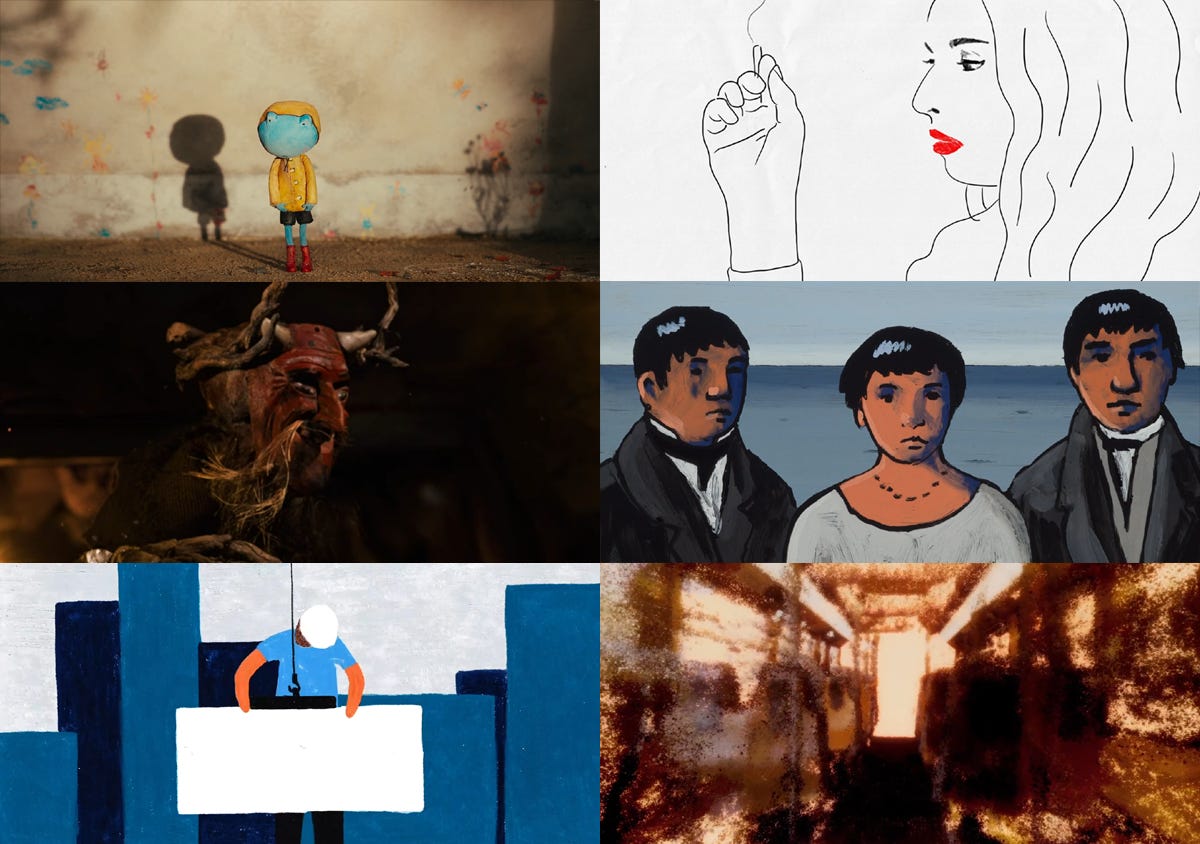
The competitive side of Annecy was packed this year — and many of the entries had a message. The COVID-19 pandemic and its consequences were recurring themes. But the most powerful message films, for us, seemed to be preoccupied with other issues. Six in particular caught our eye.
First, there were the animated documentaries. One of the experiences we had at Annecy was Maalbeek, a French piece about a woman who survived a terrorist explosion in Belgium. If you can see it, you should see it. Then Sofia Twigt brought Niet thuis – Rob, part of an animated series about homeless people for the Dutch newspaper de Volkskrant. It’s tightly executed and deserves more eyes.
Not quite a documentary, but still a true story, we have All Those Sensations in My Belly from Croatia. Here, a transgender woman named Matia describes her life. It’s an honest look at the difficulties and dangers she’s encountered, and at how many people have shunned or used her. The result is a deeply human and at times harrowing watch.
Still, Sensations isn’t about despair. It neatly avoids the visual and tonal tropes of so many indie bio films — the animation is consistently vivid and expressive, and the film wraps up with a real sense of hope. “I’m trying not to take life too seriously,” Matia says. The soundtrack is great, too.
Next, we can’t neglect Darwin’s Notebook. This is even less of a documentary, but it’s once again true. Switzerland’s grandmaster animator Georges Schwizgebel, now 76, delivered one of the most accomplished films at Annecy. He lends his painterly style to a tale about the natives of Tierra del Fuego, circa 1833. To quote Variety again, it’s a “penetrating look into the devastating results of the era’s colonization.”
Lastly, we have two stop-motion films about children, from two very different angles.
Mexico gave us Tío, a horror piece about a boy who goes to work in a mine. He’s told to pay tribute to a creature called Tío, Spanish for “uncle” or “pal,” who oversees the operation. It doesn’t go well. As the message at the end makes clear, this is a fairy tale about the young victims of many a real-world Tío — the older strangers who recruit and exploit children in Mexico.
The French-Swiss A Stone in the Shoe was more uplifting. It’s a beautiful metaphor for a Europe reshaped by immigration, with colorful mixed-media visuals. A frog refugee lands in a cat society, but writes their language upside-down, eats with his tongue and plays an unusual instrument. Trauma from his escape haunts him — he’d been attacked by spotlight-headed creatures. Eventually, he finds a friend, and his way.
Intriguing oddities
Annecy had no shortage of off-beat animation this year. The question was whether it worked — and a lot of it didn’t. Many of the purposely weird or abstract films struggled to find a human connection, or even a clear idea. Some piqued our interest but weren’t quite cohesive enough to make our list.
Two that did make our list were from the National Film Board of Canada. One, Bad Seeds, is a slapstick about two transforming plants. Meanwhile, June Night uses archival film collage to slip Buster Keaton into a surreal story — recalling the work of the British animator Osbert Parker. The NFB stole Annecy last year with The Physics of Sorrow, but it didn’t have another film on that level this time. Still, these are fun.
Another pair of weird films intrigued us by meditating on their own creation. The first comes from Germany — Conversations with a Whale by Anna Bergmann. The second, Under the Skin, the Bark, is French.
Bergmann’s film follows an animator rejected by every film festival in the world. Each rejection letter catches fire, ultimately engulfing the animator’s dream. Yet the ashes help to grow a plant. It’s done with mixed media, and Bergmann animates much of it by erasing and drawing over her own art — a look reminiscent of a Basquiat painting. The process of using destruction as the seed of creation suits the story, too.
In Under the Skin, a hunter in an animal mask wanders through a forest of animals in human masks. It’s mysterious, with an eerie trip-hop soundtrack. After a time, the hunter finds the film’s director. Our hero, it turns out, is only one of many attempts at this hunter figure — and the film’s team hates how he and the film are turning out. He creates his own solution. The CG animation here is simple, but the style carries it.
Russia’s impressive showing
Russian animators were a small but significant presence at Annecy 2021 — some of the best films on display were Russian-made. In recent years, the country’s government has invested heavily in domestic animation. You could tell. Of the four Russian films that stuck out to us, three began by crediting the Ministry of Culture for its support.
Our favorite Russian entry had to be BoxBallet, a strong contender for our favorite short at Annecy this year. Set in the late Soviet Union, it’s a wordless romance between a star ballerina and a simple boxer. By the end, she’s made him gentler and he’s made her stronger. Think of it as an ultra-Russian take on the anime series My Love Story.
BoxBallet’s animation is funny and inventive, and far more technically slick than the coarse visual design leads you to expect. The animators nail the intricate ballet sequences, as is common with Russian cartoons. Unexpected, but maybe even better, are the manic, Punch-Out-style boxing matches. There’s a just-so quality to the motion and posing in this film that recalls Martynko, a classic Soviet-era cartoon.
Another highlight was Vadim on a Walk by Sasha Svirsky. It’s by turns glitchy, surreal, funny and dark, with garbled animation and a non-traditional plot. The theme is clear, though — mediocre people enable oppression and state violence. It’s part Priit Pärn, part anti-government tract, and it’s startling to see the Ministry of Culture logo on it. With Vadim, Svirsky cements himself as one of Russia’s boldest voices today.
Two children’s shorts by the venerable studio Soyuzmultfilm also deserve mention. The first, The Princess and the Bandit, is a hilarious little fairy tale about a rollerskating princess who tries to win over an outlaw. Before the end, she’s given him all her kingdom’s riches. The other is Under the Clouds, a fluid and whimsical film about sheep by the young director Vasilisa Tikunova — who proves herself to be one to watch.
The best of Annecy (and our pick)
The award winners at Annecy 2021 were a scattered, international group. Peel, a Swiss project about a retirement home, picked up the main short film prize. The French-Swiss Vanille won among TV productions, while China’s Hippocampus took home the graduation film award. Over a dozen other projects were honored, including Affairs of the Art, Hold Me Tight and A Stone in the Shoe.
The documentary Flee claimed the top award among feature films. About a gay man who left Afghanistan for Europe, it’s the most-hyped festival animation of 2021. We’ve wanted to see it since it wowed Sundance in January, but Annecy reserved its feature contest for an exclusive audience this year. It was out of our reach. The same went for prizewinners like The Crossing, the first paint-on-glass feature film.
Out of what we did see, a number of films at Annecy pleasantly surprised us. These included BoxBallet, Maalbeek and more. We had a clear favorite, though. It stood out when we first watched it, and the scope of its achievement only grew clearer as we thought about it during the festival. That was The Shaman’s Apprentice, from Canada.
Zacharias Kunuk is an Inuit director with an illustrious career in live-action. He’s 63 years old. With The Shaman’s Apprentice, he’s made his first step into directing animation. The film is done with stop-motion puppetry, crafted at the Inuit-owned Kingulliit Productions and Taqqut Productions (The Giant Bear). The script is in Inuktitut.
This is a hard film to put into words. Ostensibly, it’s about a house call. An aging shaman and her young pupil visit a sick man in a neighboring camp, but they can’t heal him. And so they perform a ritual to descend into the underworld for advice. This description doesn’t capture the viewing experience.
At 20 minutes, The Shaman’s Apprentice was one of the lengthiest shorts at Annecy this year. Kunuk uses every second. The film employs the long, immersive shots usually saved for live-action, and they work. That’s because the puppet animation has a weightily natural feel, and because of the lighting. The way this film is lit defies belief. It’s so seamless, so evocative, that you can’t imagine it was shot one frame at a time.
Then you have the subtle touches. The craftsmanship of the sets. The traditional music, and the ghostly skeletons that the shaman and her apprentice leave behind on the rocks as they climb into the underworld. The voice of the being they meet there. It all adds up to Annecy’s most atmospheric, most immersive, most enigmatic film this year. And, in our opinion, its best.
In other news…
Even though we’ve dedicated our time to Annecy, there were a few interesting stories this week that we couldn’t miss the chance to mention. We’ve rounded them up below:
Disney unveiled a series of major deals inside Africa this week. One is Kizazi Moto: Generation Fire, a pan-African anthology overseen by Peter Ramsey and Triggerfish. It also ordered Kiff and Kiya and the Kimoja Heroes (South Africa).
In a related story, and in connection with Annecy, Disney offered a first peek at the pan-African production Iwájú.
The French director Sylvain Chomet (The Triplets of Belleville) is doing an animated feature about the life of filmmaker Marcel Pagnol. This is Chomet’s return to the format after more than a decade away.
In Britain, Aardman offered a first look at Robin Robin, its upcoming holiday special for Netflix.
The most successful Japanese film of all time, Demon Slayer the Movie, continues to roll. This week, it sold over 1 million Blu-ray and DVD copies within three days. Its English streaming debut is set for June 22, via Funimation.
Fred Seibert has partnered with the “China-based animation IP development house” DeZerlin Entertainment to develop Hot Pot! Cartoons, per Animation Magazine. Think Oh Yeah! Cartoons for China, but aimed at the world stage.
In America, Wish Dragon was the week’s most-watched movie on Netflix. Five of this week’s top nine were animated.
Another American story — Technicolor’s animated odyssey continues with The Coop Troop, a co-production with Tencent (China) and France TV.
That’s it for this week! We’ll be back next Sunday with our regular coverage and analysis.
One final note. Substack published an interview with us on Friday. We talked about what makes animation special, what we’ve learned through studying the medium and more.
Hope to see you again soon!

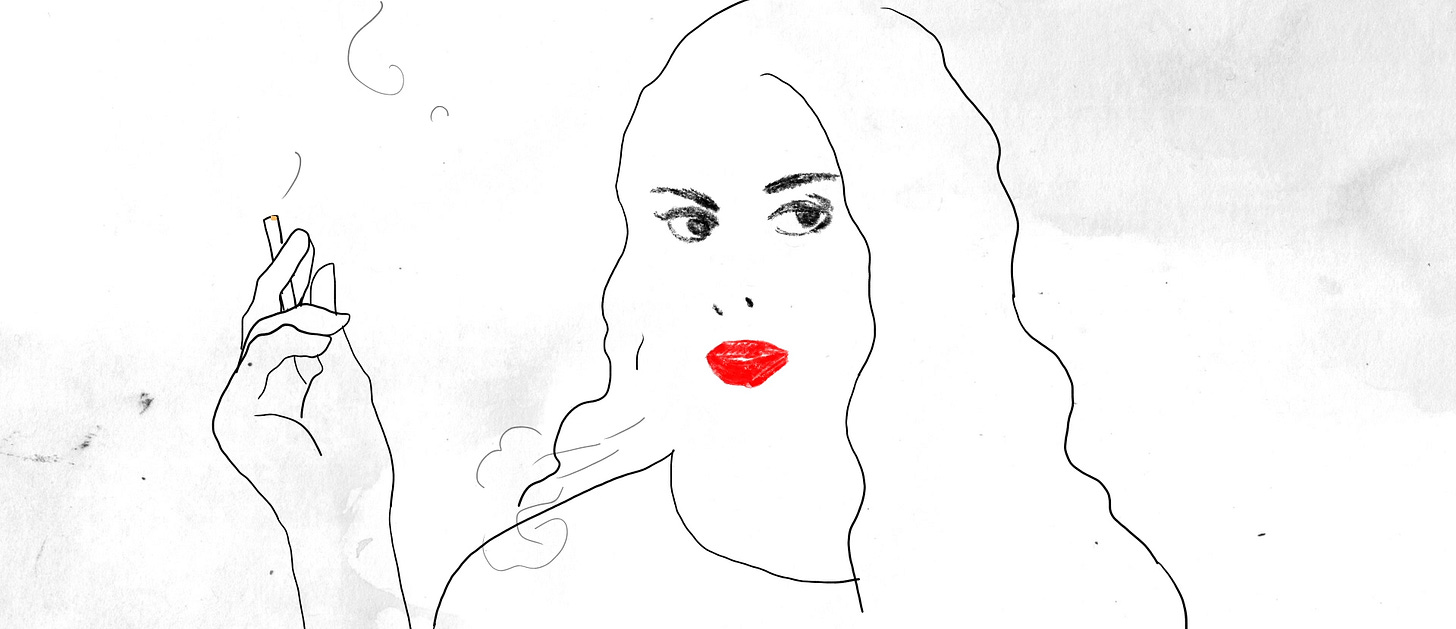
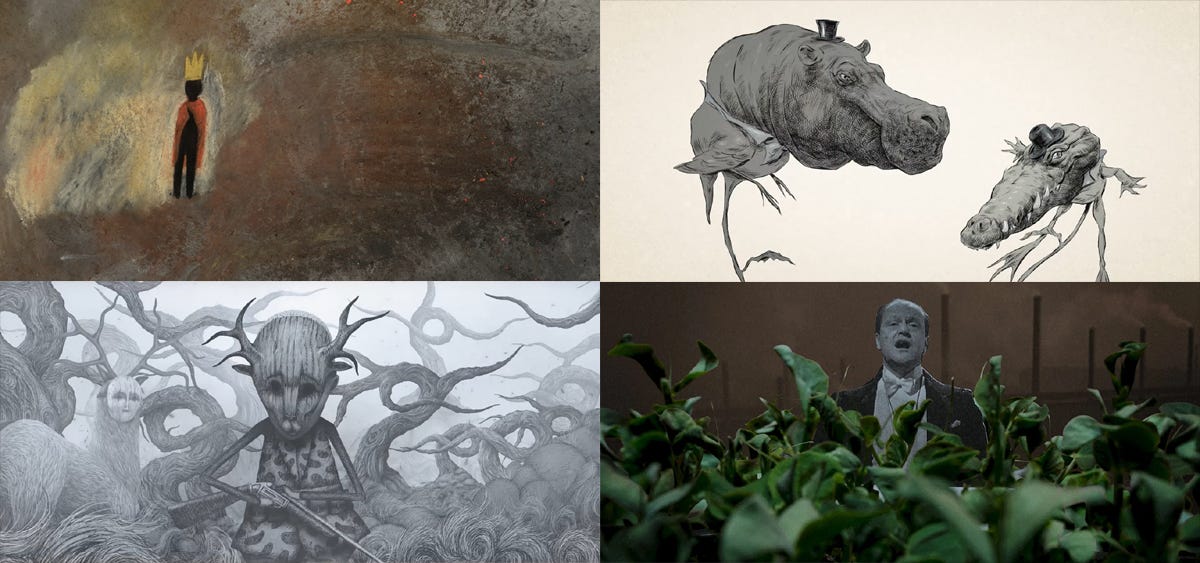
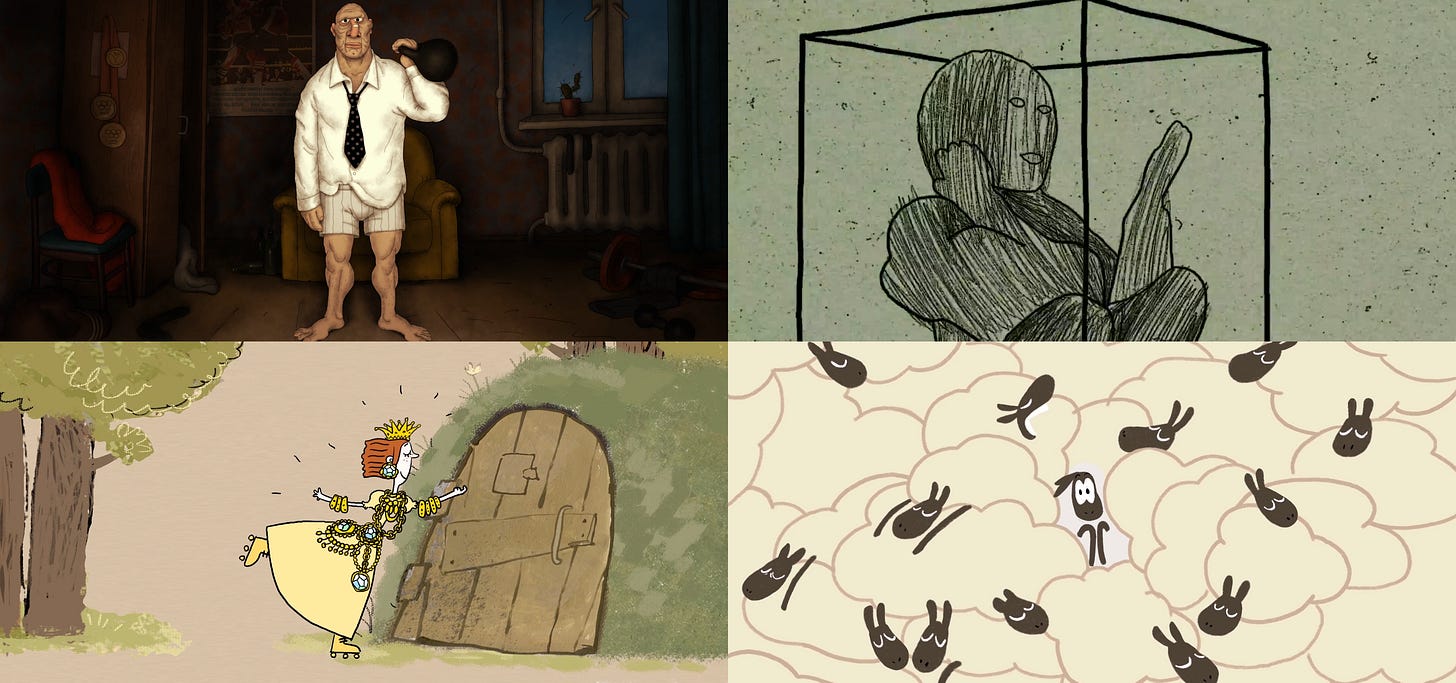
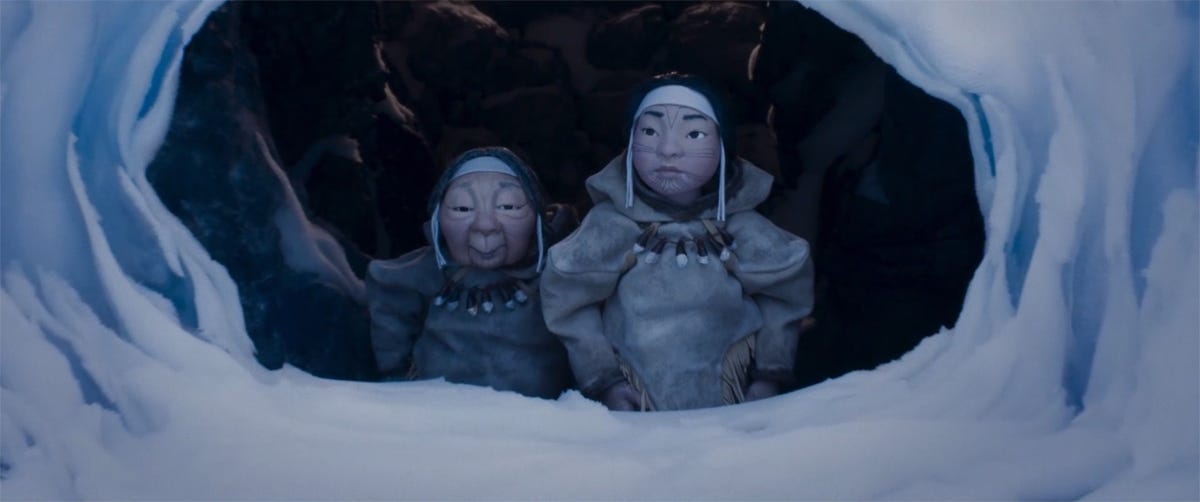
I should also say that last weeks’ announcement of procreate dreams has been an interesting step towards wider 2D animation accessibility. Is there scope for something about the use of newer tech from a seasoned animation perspective?
Once again only reading this after a late subscription. I wonder if it’s worth doing a periodic review post with now-emergent links for films you’d seen at Annecy/wherever that are now available to see.